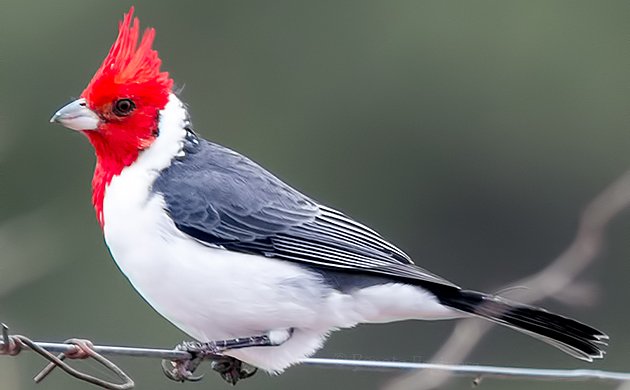
Continued from: Calilegua National Park Birding Trip Report
We started our drive towards J.V Gonzales and decided to follow the locals advice and took the shorter route going through secondary roads. We used our GPS to guide us towards J.V Gonzales and had a nice but bumpy ride.
This road trip took us south-east moving away form the mountains and to lower flat land which had been converted to farmland. This is a very hot and dry region known as El Chaco where many interesting bird species can be found. This land has gone through extensive ecosystem destruction from farming cattle and soybeans. The closer we got to J.V. Gonzales the greater the size of soybean farming fields and our expectations to see birds on this road trip had quickly died and turned into a boring flat-land ride.
Suddenly in the middle of the soybean fields there was a group of Lesser Rheas Greater Rheas (thanks Ian) that were approaching the road. We stopped and observed this first group of adult Rheas that seemed quite comfortable with us and the road traffic. I got a couple of nice pictures of these huge birds in the middle of the soybean fields.
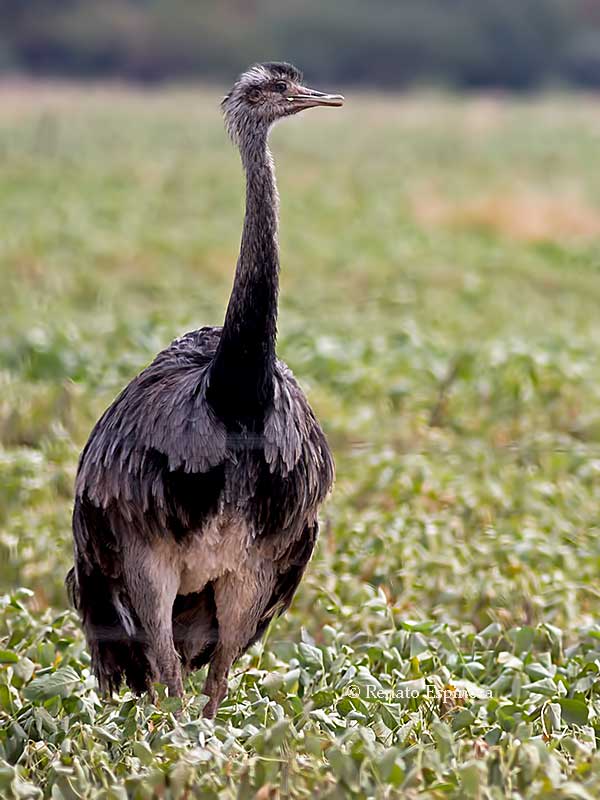
Lesser Rheas Greater Rheas (thanks Ian)
Moments later we spotted a second group of 20 adult and young Rheas running across the field. This was an exciting moment that we had not expected in this long and boring stretch of farming roads. In this area we also found Black-capped Warbling Finch, White-tailed Hawk, Savana Hawk, and masked Gnatcacher that had moved-in for a closer look at all the excitement.
We arrived to our final destination and spent some time looking for a place to stay since most of the hotels where filled up! We arrived at the beginning of soybean harvesting season and this draws many people to this area. As soon as we had our sleeping arrangements we drove north-east on the very dusty farming road 41.
This dirt road was the soybean truck-nightmare; about every 10 minutes we had large double-trailer trucks filled with soybeans drive very fast and raise a huge dust cloud that took another 5 minutes to settle. These were less than ideal bird-watching conditions so we drove up the road and got out of the car when the dust settled.
The soybean fields were crawling with large farming machinery which also raised a lot of dust so we spent a lot of time getting in and out of the car and raising and lowering our windows to try to see the new birds. We managed to get a few new birds as the truck traffic slowed down and the sun started to set in the horizon. The first views of a Brown Cachalote made up for all of the dust sucking experience.
We finished our first day of Chaco birding experience full of dust and with a short new list of birds including Brown-crested Flycatcher, Chaco Chachalaca, Creamy-belly Thrush, Great Pampa Finch, Many-colored Chaco Finch, Monk Parakeet, Red-crested Finch, Saffron Yellow-Finch, Blue-and-yellow Tanager, Vermillion flycatcher, White-banded mockingbird, and White Monjita!
After a good shower we headed for the local diner where all of the rich soybean farmers gathered to eat, drink, and tell stories about their big profits, and soybean crops. Believe it or not this local diner was in the local gas station which had a large kitchen attached. The food was good and we even had wifi internet service.
Next morning arrived and we decided to avoid this dusty road at all cost! It had already cost me too much since a small pebble hit the windshield and cracked it! So we looked for smaller dirt roads around the town and found a little back-road that headed east though some farms. It was not a good road but we managed to explore some of the local small farms that were not into the huge soybean market.
My first heat thumping experience came when I saw the Crested Hornero. This Chaco ecosystem has very bushy and thorny trees and seem like many of the birds here have grown these crests to better blend in with the surrounding thorny vegetation. I was looking forward to seeing these birds and the previous day we saw the Brown Cachalote which also had a crest. Now the plain colored Hornero with a crest was a lot prettier than any of the previous Horneros I had seen.
Got my second thumping experience with the first views of the Lark-like Bushrunner! Another crested bird adding to my collection. To top it all a cute couple posed for the photo shoot!
My third crested bird-thumping experience was the Red-crested Cardinal. Wow! It is always good to see the bird in the first page of the book that you are using. His red crest made huge impression in my mind and created great contrast with everything around us which was mostly brown and dusty.
The back-road trip was good and much more peaceful. We added a few more new birds to the list which included: Aplomado Falcon, Black-crowned Monjita, Epaule Oriole, Gian Antrshrike, Great-black Hawk, Green-barred Woodpecker, Narrow-billed Woodcreeper, Picazuro Pigeon, Rufous Capped Spinetail Rufous-fronted Thornbird (thanks Ian), Pearly-vented Toddy Tyrant, Saffron Yellow Finch, Screaming Cowbird, Turquoise-fronted Parrot, Whistling heron, White-banded Mockingbird, and again the White Monjita.
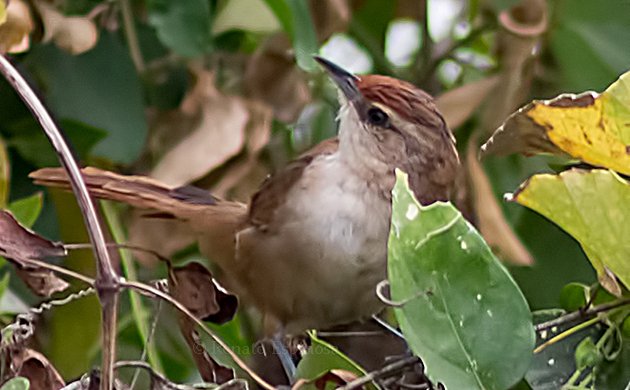
Rufous-capped spinetail Rufoud-fronted Thornbird (Thanks Ian)
Unfortunately we had a long drive to Tucuman Airport so we had to cut-short our dusty birding experience to begin our last road trip for a flight to Buenos Aires. . The drive back to Tucuman was uneventful and thanks to our trusty GPS we were never lost for very long.
We had been birding the north-west side of Argentina for 7 days and drove more than 3,000 km. This was the first part of our birding trip to Argentina and it was coming to an end. We have great memories of this trip and for those who want to jump back in time here is a link to all the previous Trip Reports as a SUMMARY:
* This is how this trip was planned
* We started with a cheap flight to Santiago de Chile and birding around Farellones:
* We drove north crossing the Calchaqui Valleys:
* Further north crossing Los Cardones national park and driving past Salta to Yala:
* Spent the whole day at Potreros de Yala and drove north:
Two days of birding in the yungas forest of Calilegua National Park
And finally heading south east for a little Chaco ecosystem birding… This post!
Next adventure a little R&R and birding in Buenos Aires….


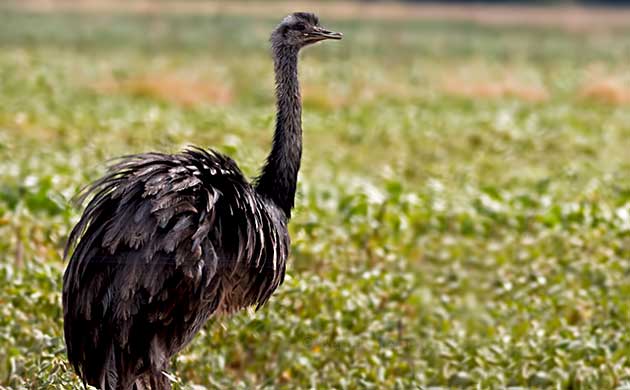
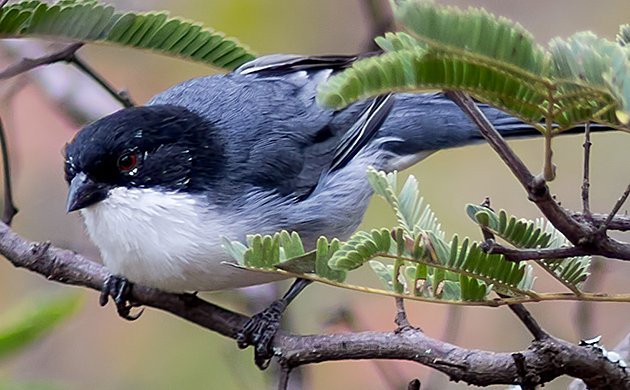

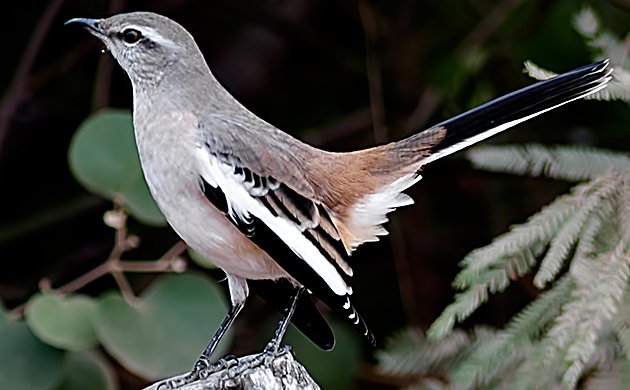
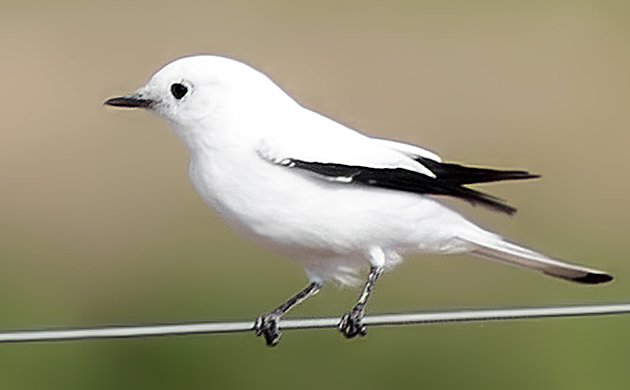
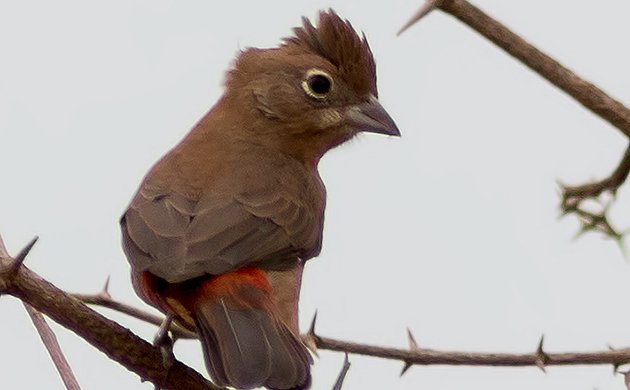
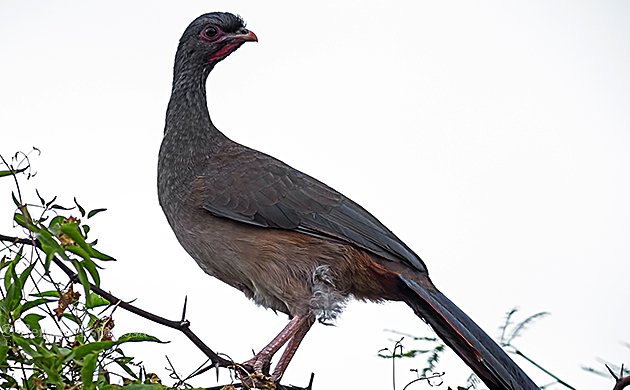
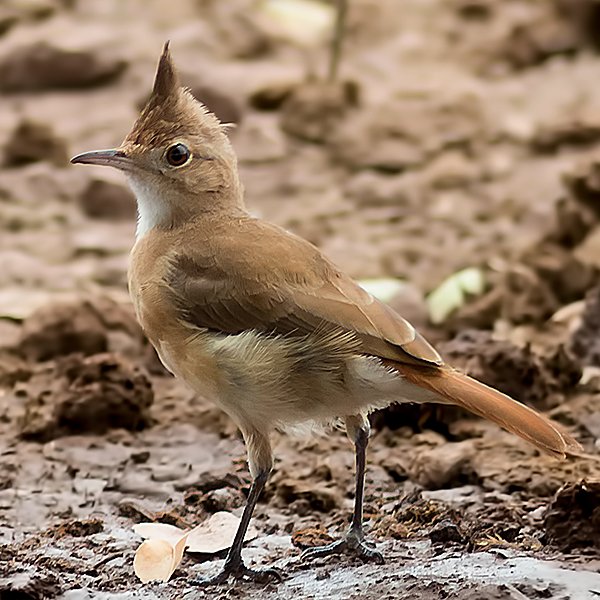
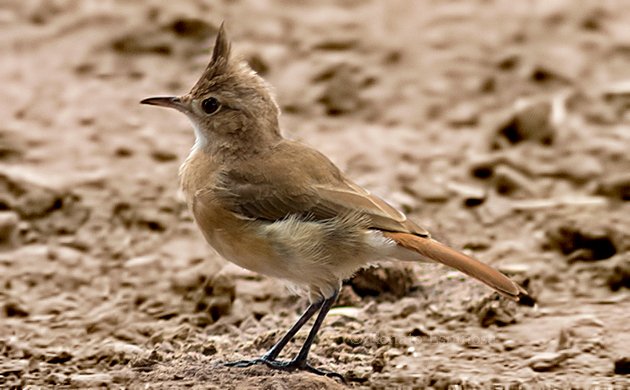
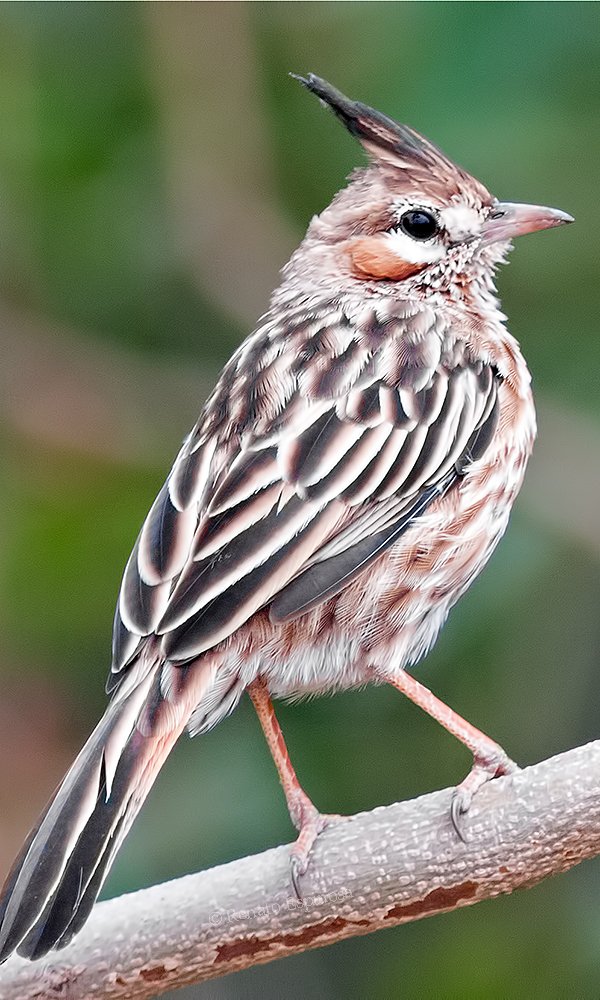
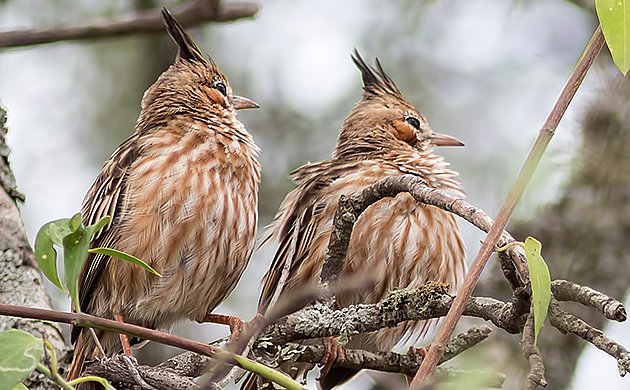

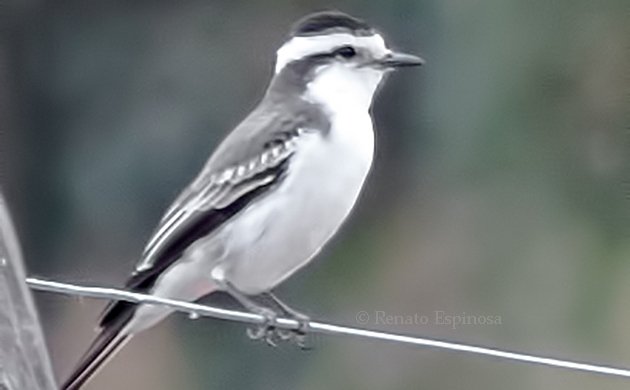
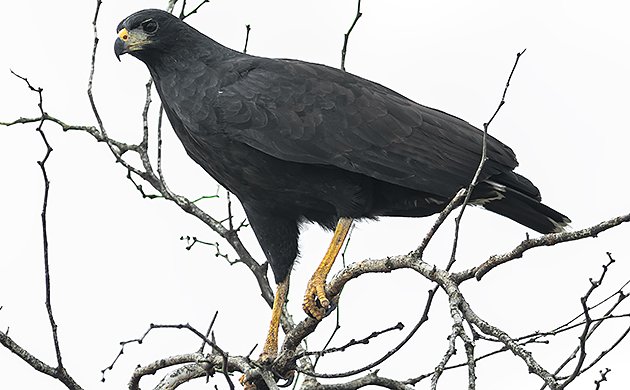
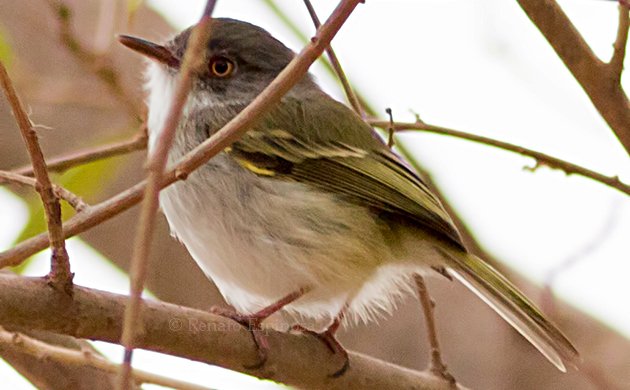











Thanks for posting about such a fun birding trip. Hope to do that some day! Glad you still saw some nice Chaco species despite the massive monocultures.
Congratulations on your fabulous photos of some gorgeous and unusual birds! When we were in Quito we saw and photographed a Red-crested Cardinal right in front of the Botanical Garden. Since it wasn’t in my field guide to Ecuador’s birds, I had to google to identify it. It’s good to see your photo of one in its proper range!
Looks like a great trip! I was just near there at Taco Pozo last year. Just a couple corrections in identification, the rheas at the top are Greater Rheas, and the “Rufous-capped Spinetail” is a Rufous-fronted Thornbird.
Thanks for your comments Pat and Wendy.
Thanks for your corrections Ian.